Studying the impact of health literacy and knowledge on self-care

After three decades as a nurse, Ann Jacobson, PhD, CNS, AGCNS-BC, grew more interested in understanding what motivates patients to successfully manage a chronic condition.
Advertisement
Cleveland Clinic is a non-profit academic medical center. Advertising on our site helps support our mission. We do not endorse non-Cleveland Clinic products or services. Policy
Ten years ago she became a clinical nurse specialist with Hillcrest Hospital Chronic Care Services, where she says nurses have more opportunity to get to know patients.
In 2014, she and a team of clinical nurses from six Cleveland Clinic hospitals began a study to look at why some patients with heart failure are more adherent to self-management heart failure behaviors than others. Based on current models of chronic-care healthcare delivery, the goal was to examine the extent to which patient activation, health literacy and heart failure knowledge contributed to self-management behaviors.
“Patient education is such a big part of nursing, but unfortunately, information delivery may not equate with information retention or result in patient behavior change,” says Dr. Jacobson. “We wanted to look at clinical phenomena that had direct relevance to how we cared for patients. We had some ideas about why some patients might be better at self-management.”
They set out to gather evidence.
The purpose of the study was to test a model of hypothesized direct and mediating effects of health literacy, patient activation, and heart failure knowledge on self-management in adults with heart failure.
The study used a prospective, cross-sectional, correlational design. The goal was to test two hypotheses to learn more about relationships among factors. The hypotheses were: 1) Health literacy and patient activation are positively associated with heart failure self-management behaviors by increasing knowledge of the condition; and 2) Patient activation directly affects heart failure self-management.
Advertisement
Overall, 139 adults with heart failure from six chronic-care community outpatient clinics at Cleveland Clinic hospitals participated. Participants provided demographic data and completed anonymous questionnaires on:
Participants were diverse in terms of gender, race, education, job status and marital status; average age was late 60s in years.
Among study findings, the team discovered that heart failure knowledge was positively associated with health literacy, but it was not associated with patient activation. Higher patient activation and older age were most closely associated with higher heart failure self-management adherence.
“Our first hypothesis – that health literacy, mediated by heart failure knowledge, improved self-management – was not supported,” says Dr. Jacobson. “Based on findings, clinical implications are that interventions should promote activation rather than knowledge to more effectively promote self-management. Ultimately, more research is needed to learn if interventions that improve activation actually improve heart failure self-care management adherence.”
She adds, “This was a study that needed to be completed so that we can better understand whether previously identified factors lead to self-management adherence.”
Advertisement
The team presented study results at the Cleveland Clinic Research Conference in May 2017 and the American Association of Heart Failure Nurses in June 2017.
Along with Dr. Jacobson, the Cleveland Clinic study team included Veronica Sumodi, MSN, RN; Lori DeJohn, BSN, RN; Donna Walker, MSN, CNP, CHFN; Robert S. Butler, MS; Kelly Dion, MSN, CNP; Hua-Li Lin Tai, MSN, RN, CHFN; Donna Ross, MSN, CNS, CHFN and Nancy M. Albert, PhD, CCNS, CHFN, CCRN, NE-BC, FAHA, FCCM, FAAN.
Advertisement
Advertisement
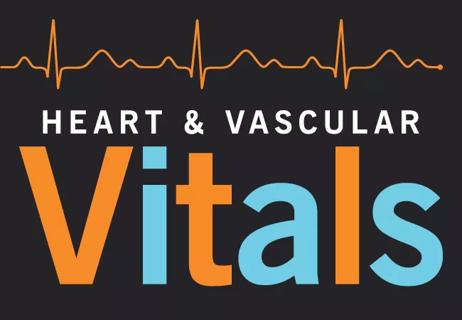
A sampling of outcome and volume data from our Heart & Vascular Institute
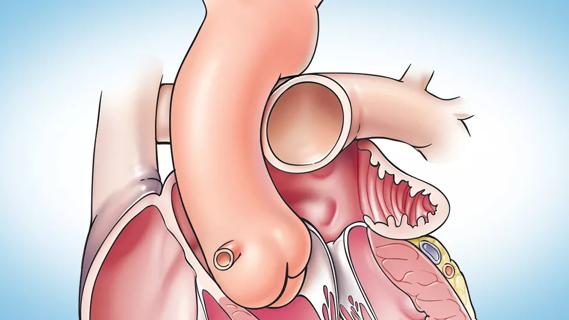
Concomitant AF ablation and LAA occlusion strongly endorsed during elective heart surgery

Large retrospective study supports its addition to BAV repair toolbox at expert centers
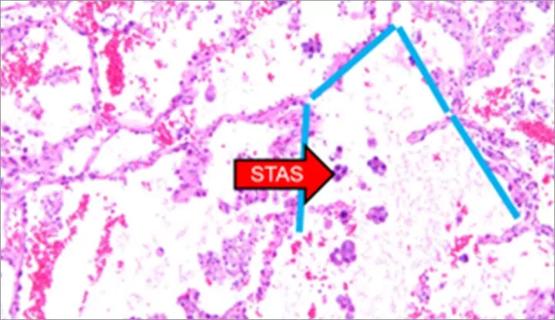
Young age, solid tumor, high uptake on PET and KRAS mutation signal risk, suggest need for lobectomy
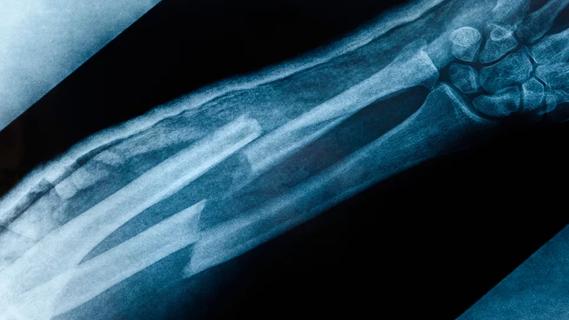
Surprise findings argue for caution about testosterone use in men at risk for fracture
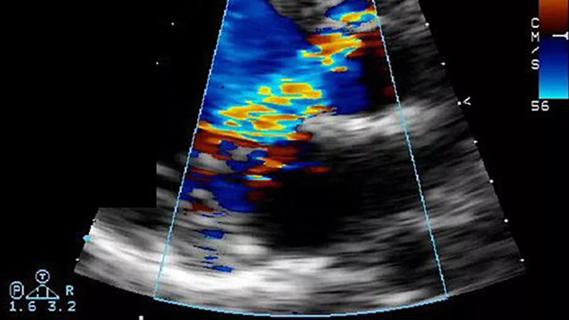
Residual AR related to severe preoperative AR increases risk of progression, need for reoperation

Findings support emphasis on markers of frailty related to, but not dependent on, age
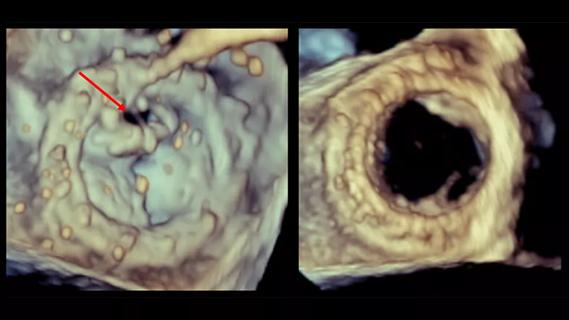
Provides option for patients previously deemed anatomically unsuitable